This post may contain affiliate ads at no cost to you. See my disclosures for more information.
As a homeschool parent and science teacher, I value teaching kids to think like scientists. To me, thinking scientifically involves:
- looking at things with a curious and open mind
- asking questions
- wondering how and why things work
- experimenting with new ideas
- attempting to understand their world
- viewing failure as an opportunity to learn from one’s mistakes
In this post I am sharing a fun egg drop challenge I did with my kids to help them practice their scientific thinking. The egg drop challenge is just one of more than 50 activities in a fabulous new book called STEAM Kids. If you want to teach your children and students to think like scientists, you’ll find plenty of creative and innovative ways to develop their scientific thinking inside this book.
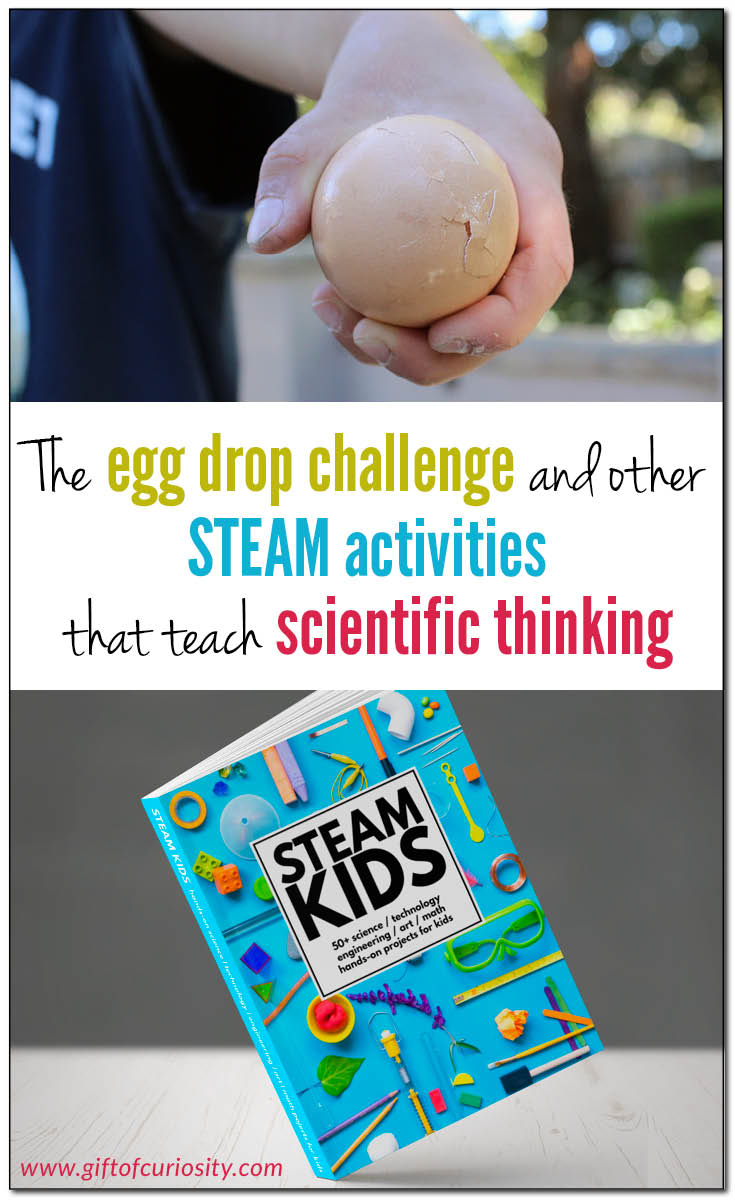
The Egg Drop Challenge
So on a recent afternoon I gave my kids a challenge: Build a contraption for an egg that will prevent it from cracking when dropped from a tall height.
My kids were intrigued. Although they were a bit nervous when I told them the egg would be raw, not hard boiled. But they were still up for the challenge.
“What if it’s an epic failure?” my son asked.
“Then do you give up?” I replied. “Or do you learn from the experience to build a better contraption?”
“Learn from the experience,” he replied.
“The only way you fail is if you give up,” I stated. “As long as you keep trying, you haven’t failed.”
My kids got to work right away building their contraptions.
QBoy found a small pail and thought it would be a good container for his egg. He had an idea that some sort of cushioning would be needed, so he began adding toilet paper rolls to the outside.
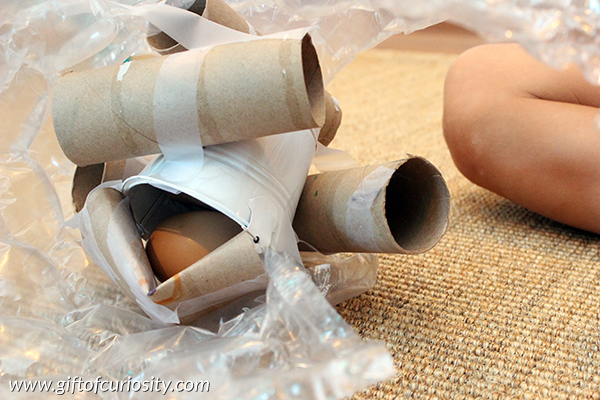
I knew that there were still some issues with his design, so I began prodding him a bit about shock absorption. After a bit of discussion, QBoy decided he needed extra padding, and he covered the outside of his contraption in bubble wrap. Then he declared his was ready.
(I was less certain about his chances of success, but I also knew it was important the he try out his design and learn from the experience.)
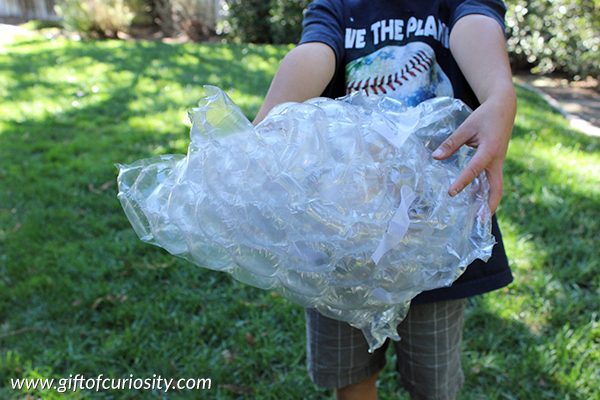
I dropped his contraption from up high and it landed on our patio. He ran over and began to open it up, looking excitedly for his egg.
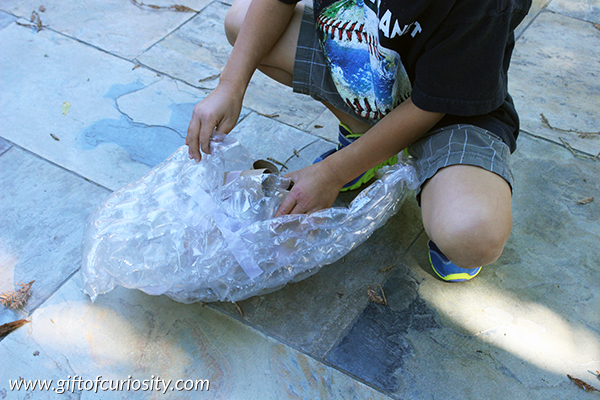
The egg had cracked. However, it had not actually leaked any of the inner contents.
We decided it was not an “epic failure,” but neither was it a “raging success.”
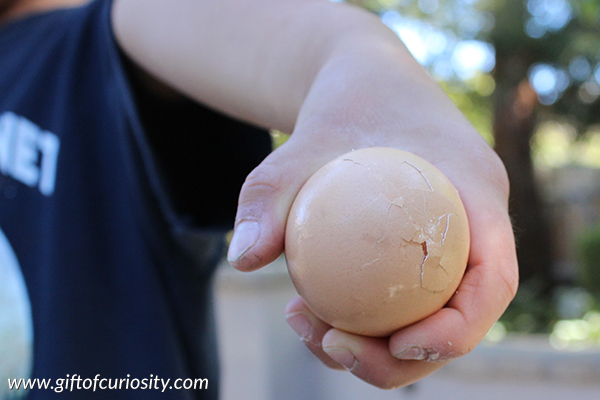
I asked QBoy what he thought went wrong. He decided that he didn’t have enough shock absorption between the egg and the pail he had put it in.
He decided to try out a new design that consisted entirely of wrapping his egg in several layers of bubble wrap.
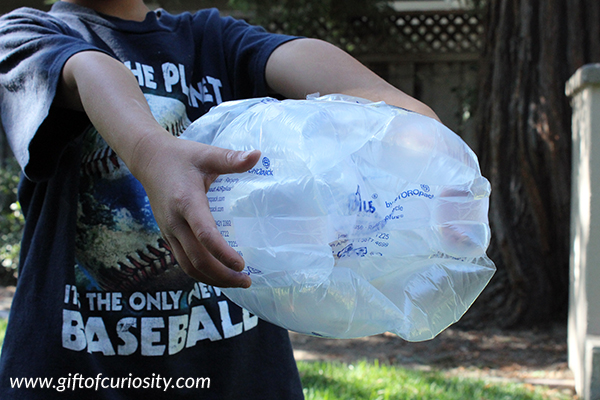
And this time, it was a raging success!
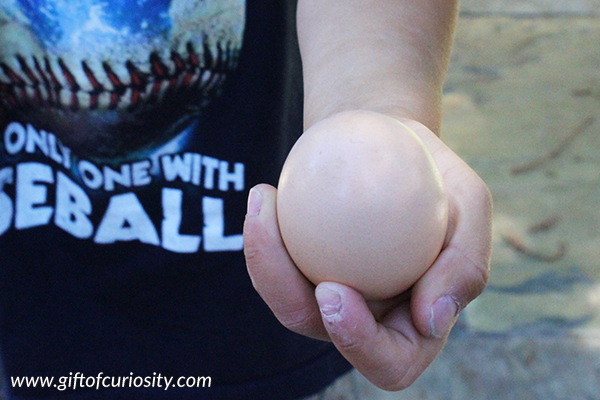
But the biggest success, from my point of view, was not that he managed to protect the egg so it didn’t crack. It was that he tried one idea, learned from his failure, and then tried another idea that was better.
That is what thinking like a scientist is all about.
STEAM Kids book
If you are like me and you desire to help your kids think scientifically, you’ll want to know about a new book called STEAM Kids that is written by some very talented blogger friends of mine.
In fact, the Egg Drop Challenge is one of the activities featured in the STEAM Kids book, along with some fun extension ideas that go beyond what I shared above.
(I was provided a copy of STEAM Kids at no charge so I could share my thoughts with you. I receive a small commission if you buy the book after clicking the purchase link below. I have chosen to share this book with you because I believe it will be of great interest to many of my readers.)
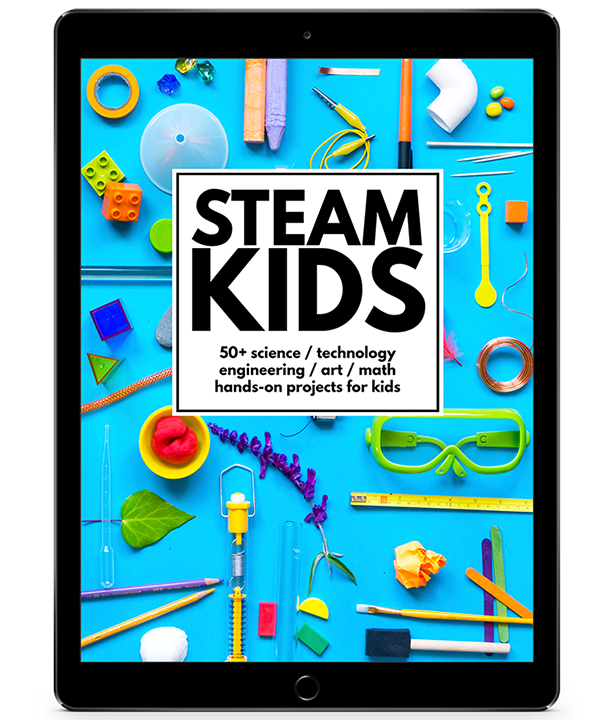
So what is STEAM Kids?
STEAM stands for Science, Technology, Engineering, Art, Math, and Science. STEAM education is all the rage right now for the way it crosses disciplines and teaches kids to think critically. (I love STEAM education, and in fact I teach STEAM classes for homeschoolers during the school year.)
The STEAM Kids book features 52 hands-on ways to have fun with STEAM. (That’s a whole year’s worth of ideas!) The activities are helpfully identified by their STEAM category (science / technology / engineering / art / math) so you know exactly what skills your kids are developing with each activity.
Plus, the book includes a STEAM activity planner for classrooms, camps, school breaks & more.
Where to buy the STEAM Kids book?
The book can be purchased in different formats, each with its own price.
- e-book delivered as a PDF download: $14.99
- e-book (EU residents) delivered as a PDF download: $14.99
- print book available on Amazon: $24.99
e-book – e-book for EU residents – print
What people are saying about STEAM Kids?
“STEAM Kids is a goldmine of inspiration for parents and educators who are hard-pressed for ideas that straddle the worlds of science, technology, engineering, art, and math. This well organized, beautifully photographed book will delight and inspire you and your kids to create, invent, and tinker.”
— Rachelle Doorley, founder of TinkerLab
“STEAM Kids may be my new favorite resource for this school year. Jam packed with easy to implement but completely doable-not to mention FUN-activities that teach big ideas with simple materials, my kids and I will dive into this all year long! Bright, beautiful pages invite exploration. My two older kids have already declared it their own; self-selected learning at its best!”
— Heather, founder of wellermommablog
“STEAM Kids is jam-packed full of fun, hands-on, educational activities for kids that parents will enjoy participating in just as much as the kids! Each activity includes captivating pictures, easy to follow instructions, a section on what makes it educational (“What’s the STEAM behind it?), extension ideas, and level of difficulty. The projects in this book are sure to leave you and your child inspired and curious for more!”
— Dana, founder of The Art Kit Blog


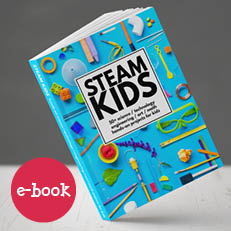
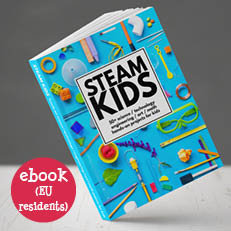
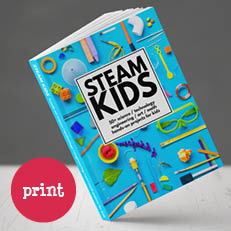

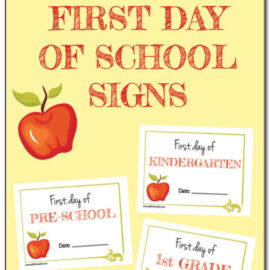
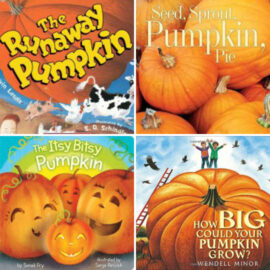
What age group is the STEAM KIDS book aimed at?
The book is geared toward kids ages 4 to 10.